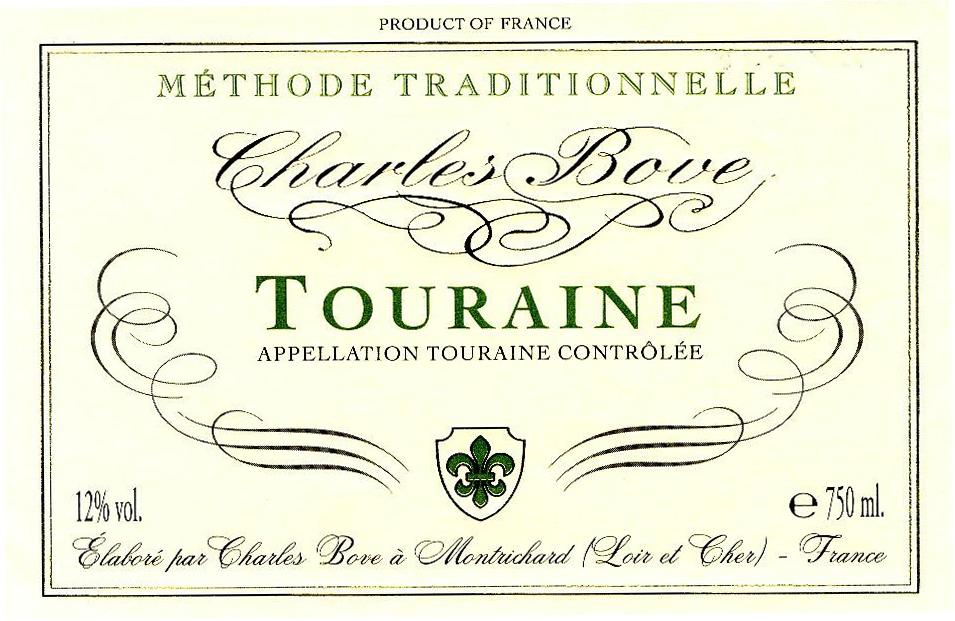It’s good to be back writing again after a lengthy layoff, and what better time to jump back in than to do it with Thanksgiving coming up. Last year, I put together a nice little Thanksgiving guide for you, but I can’t just mail in my first post in two months.
So I pose the question to you…what are you bringing to the table? Whether you are hosting or traveling, you are doing something to contribute this Thanksgiving, right? Of course you are, and perhaps you don’t know what to go for or you find yourself needing a change from the usual.
I will be honest…you can bring just about any beverage of your choosing and it will be fine. Seriously! The beauty of the Thanksgiving feast is that you have a lot of different things to choose from. Turkey itself is fairly mild and many wines will work fine. Sometimes the challenge can be strong flavors; maybe you have a lot of herbs and greens as your sides. Cranberry sauce is sweet and sour. What if you are frying or charcoal-smoking your turkey? Here are some guidelines to help you find the right wine for your holiday table.
Skip the “big” wines”
Cabernet Sauvignon and Nebbiolo have a lot of tannins, acids, and power. They overwhelm just about anything on your table. Additionally, oaky Chardonnay (particularly from the New World) will create bitter flavors on your palate. Save these wines for after dinner if you really like them.
Skip the acidic wines
Sauvignon Blanc can be aggressively acidic and feel thin and tart on your palate with all the rich foods, however acidic wines with some texture can be a very good match. Instead, lean on a white Bordeaux, which typically has Sauvignon Blanc, with some Sémillon blended in. Sémillon has a soft, honeyed texture that tamps down the piercing acids Sauvignon Blanc. Chateau Lamothe de Haux ($15) is consistently a good example.
Go classic: Pinot Noir or Gamay
Pinot Noir’s liveliness, fruitiness, and silky texture are great for Thanksgiving. The baking spices and earthiness that comes through in this grape matches particularly well. I tend to lean on Pinot Noir from Oregon or even Chile; both regions give a nice balance of the aspects I mentioned above. Additionally, Gamay from Burgundy, which you will often find as Beaujolais is lighter and fruitier than Pinot Noir and virtually no tannin. Louis Latour released a blend of these two grapes (85% Gamay, 15% Pinot Noir, $15) that to me is the ultimate Thanksgiving wine.
If you smoked your turkey…
Time to go for something a little more intense than Pinot Noir and Gamay, which are delicate and will fade behind a smoked turkey. Here is a spot to try a Zinfandel, Grenache/Syrah blend, or South African red blend. Zinfandel is plush and jammy, low in tannin but full-bodied and able to stand up to the stength of smoking. A southern French red blend (such as the $13 Mas Sauvaire from the Languedoc region) would work here, too. A.A. Badenhorst’s Secateurs ($15) is another fine option if you want to explore South Africa.
Be daring: Go with an aromatic white
Pinot Gris and Gewurztraminer are noble grapes in Alsace, with fruity/floral and exotic flavors and aromas. The richness of Alsace Pinot Gris is a great choice. Gewurztraminer has full-bodied tropical fruit flavors and can be very good with a ham if you have guests that don’t do turkey. Viognier is a luxurious white Rhone variety that offers similar aromas to Riesling but with more body and weight. Even better…try a blend of some of these varieties! Willm “Gentil” is a noble white Alsace blend ($13) and Korta “Irune” ($16) from Chile is Viognier, Riesling, and Sauvignon Blanc. Either would be a lot of fun at the table.
Cheat and bring bubbly
No one refuses Champagne, Prosecco, or sparkling wine of any kind. No one, I’m convinced. Plus it is a great way to start the day. Champagne Aubry ($38) is very reasonably priced with an orange zest and brioche character. Mionetto Prosecco ($12) is fun and fruity, suitable for drinking on its own or for making a cocktail. If you don’t have a Champagne budget, try a “Cremant” such as Bailly Lapierre’s Blanc de Noirs ($19).
Try Sherry
Sherry is great for any hard-to-pair meal. Heck, the Spanish drink it with their tapas, since you have so many different foods coming. It has a salty, nutty character with just the right amount of texture. An Amontillado Sherry such as Emilio Lustau’s Los Arcos ($15) is a fine way to introduce yourself to Sherry if you have never tried it before.
No need to go super-expensive…but go ahead if you want to!
I mean, you can if you want to and there is something satisfying about enjoying a high-end wine at holiday time, but chances are higher that Thanksgiving is going to be quantity-driven. I am helping you keep costs down by keeping my recommendations under $20 where possible.
With that, I wish you a very Happy Thanksgiving. Cheers!

















